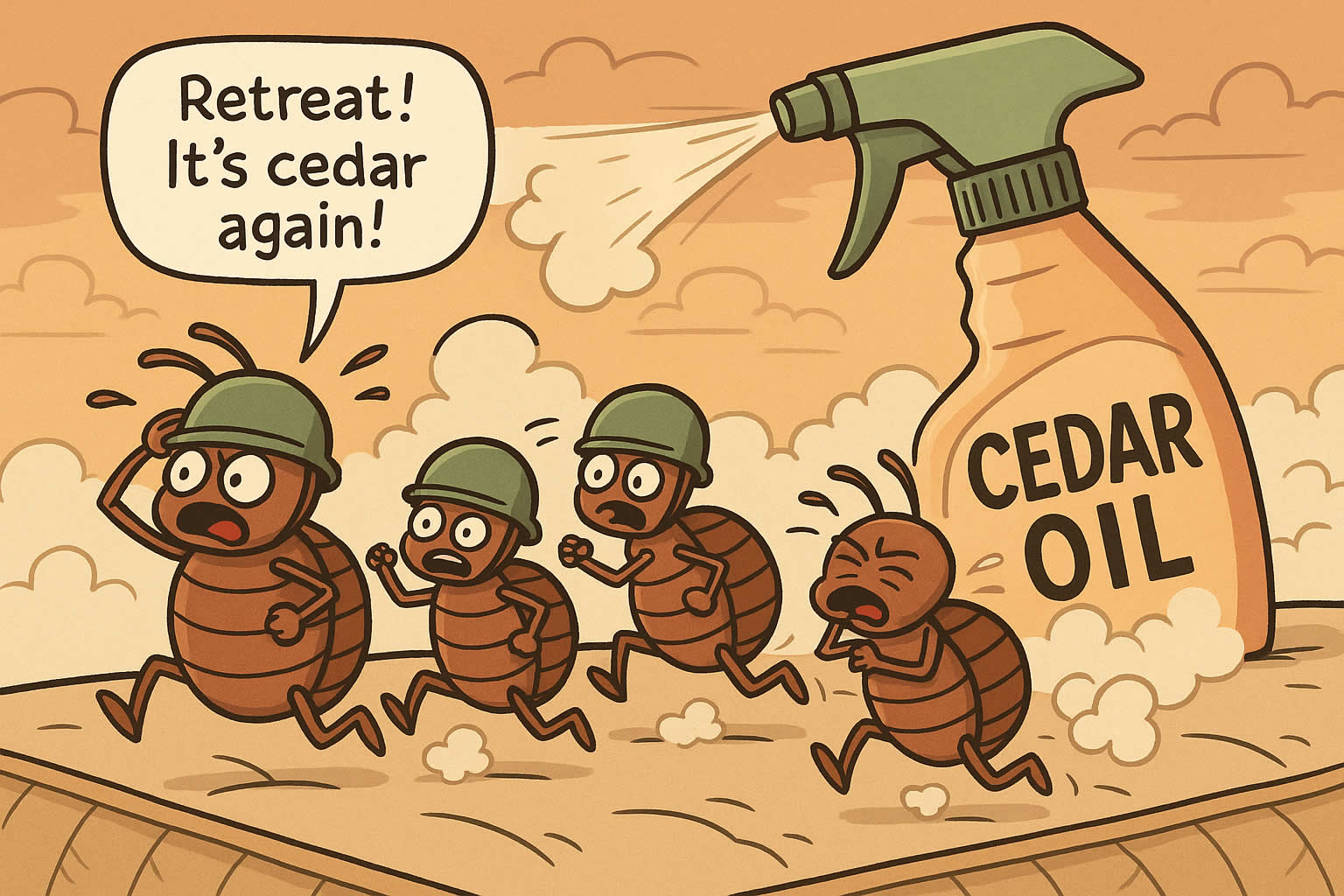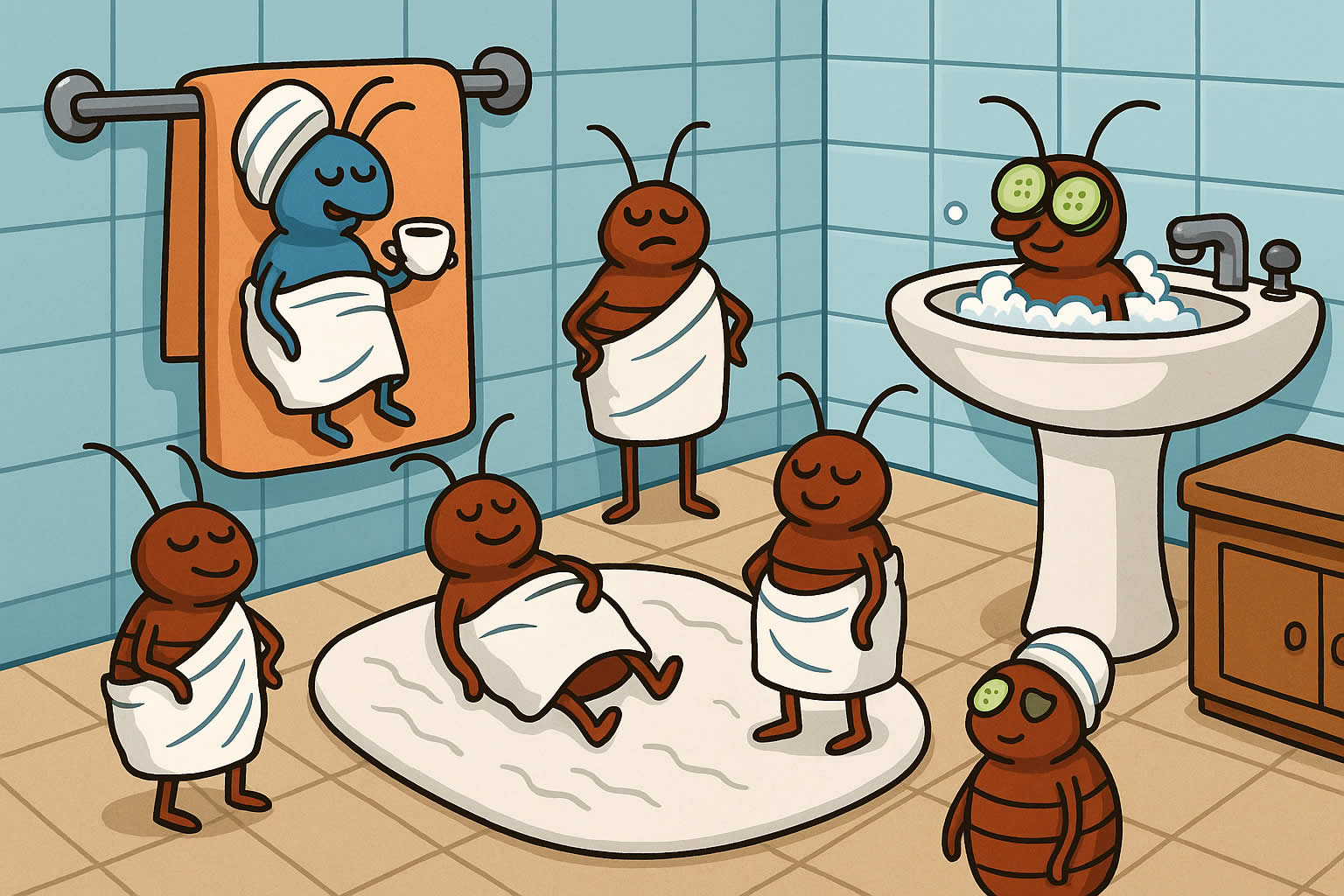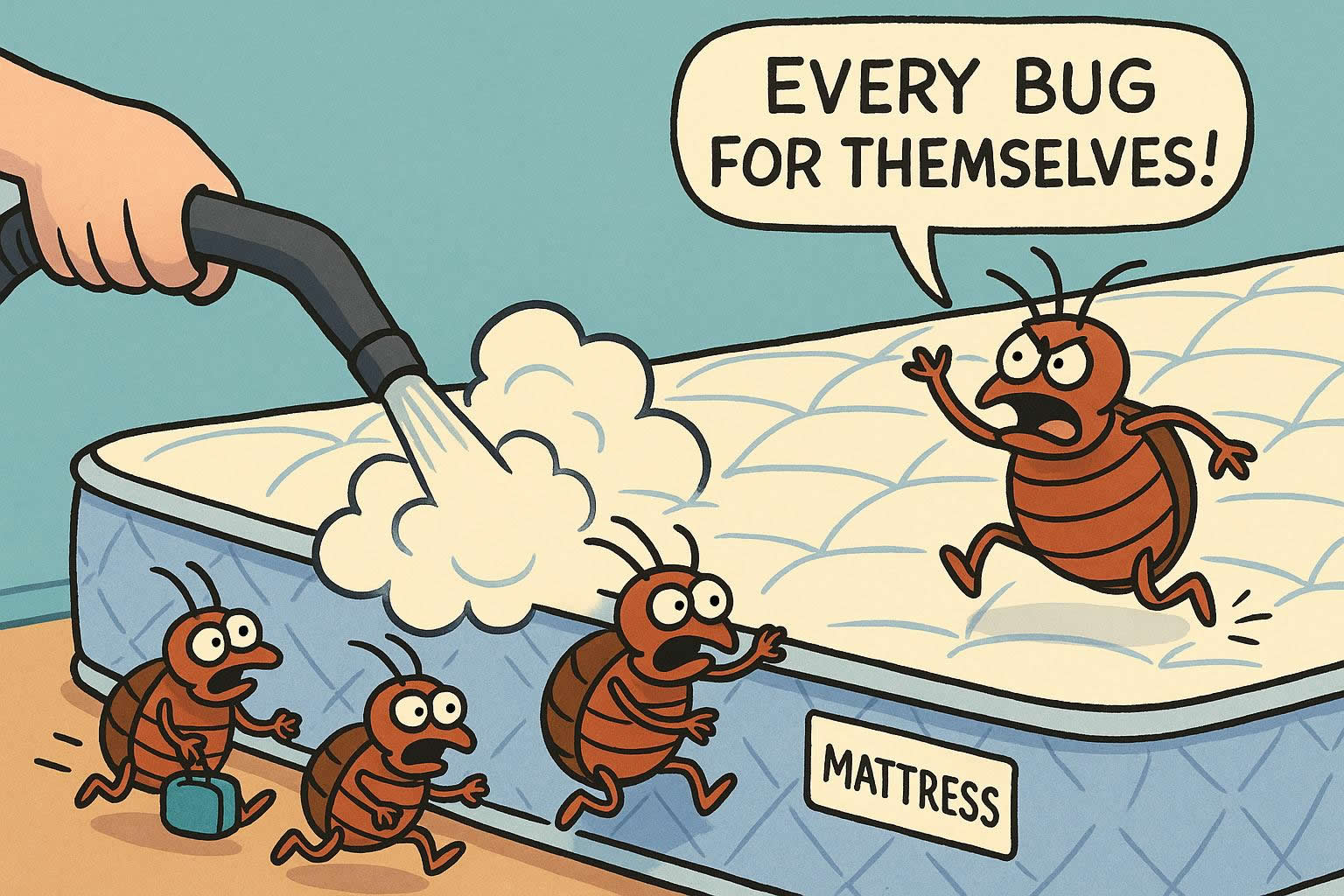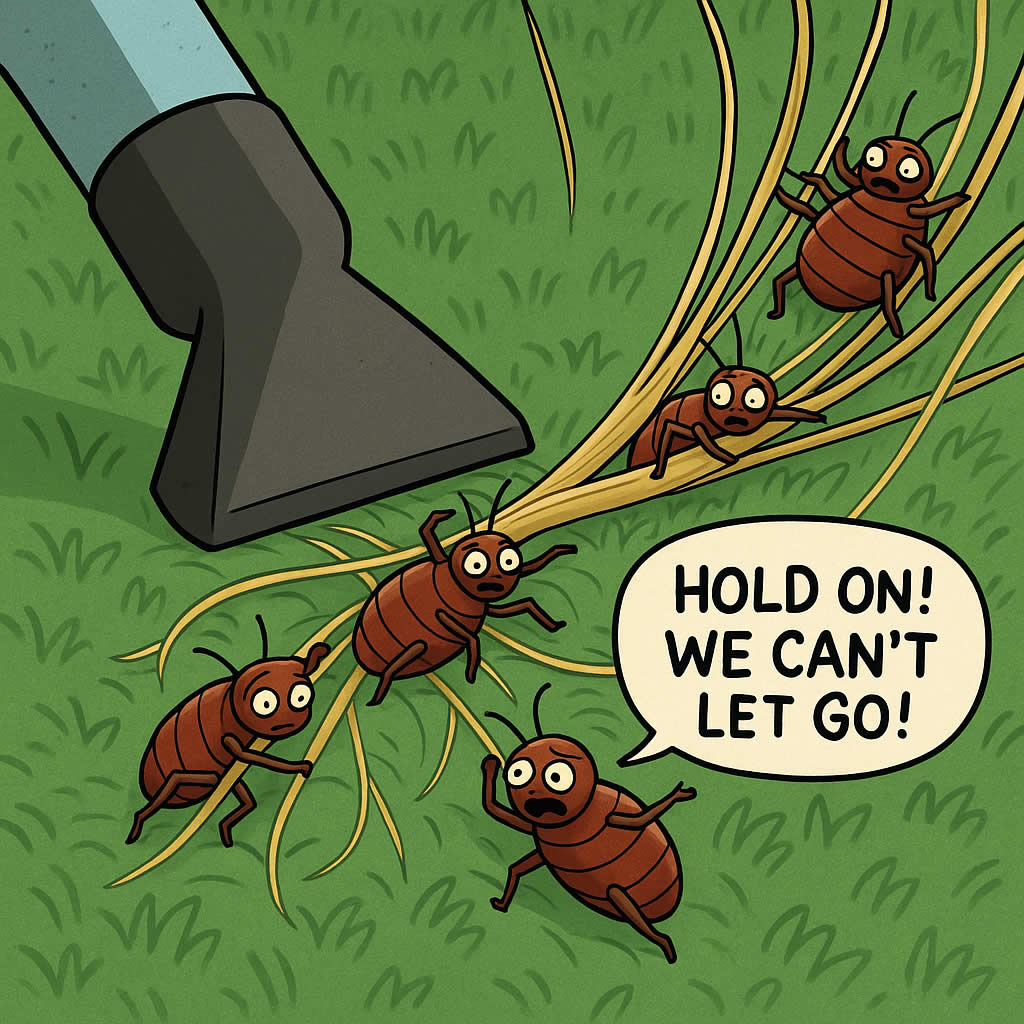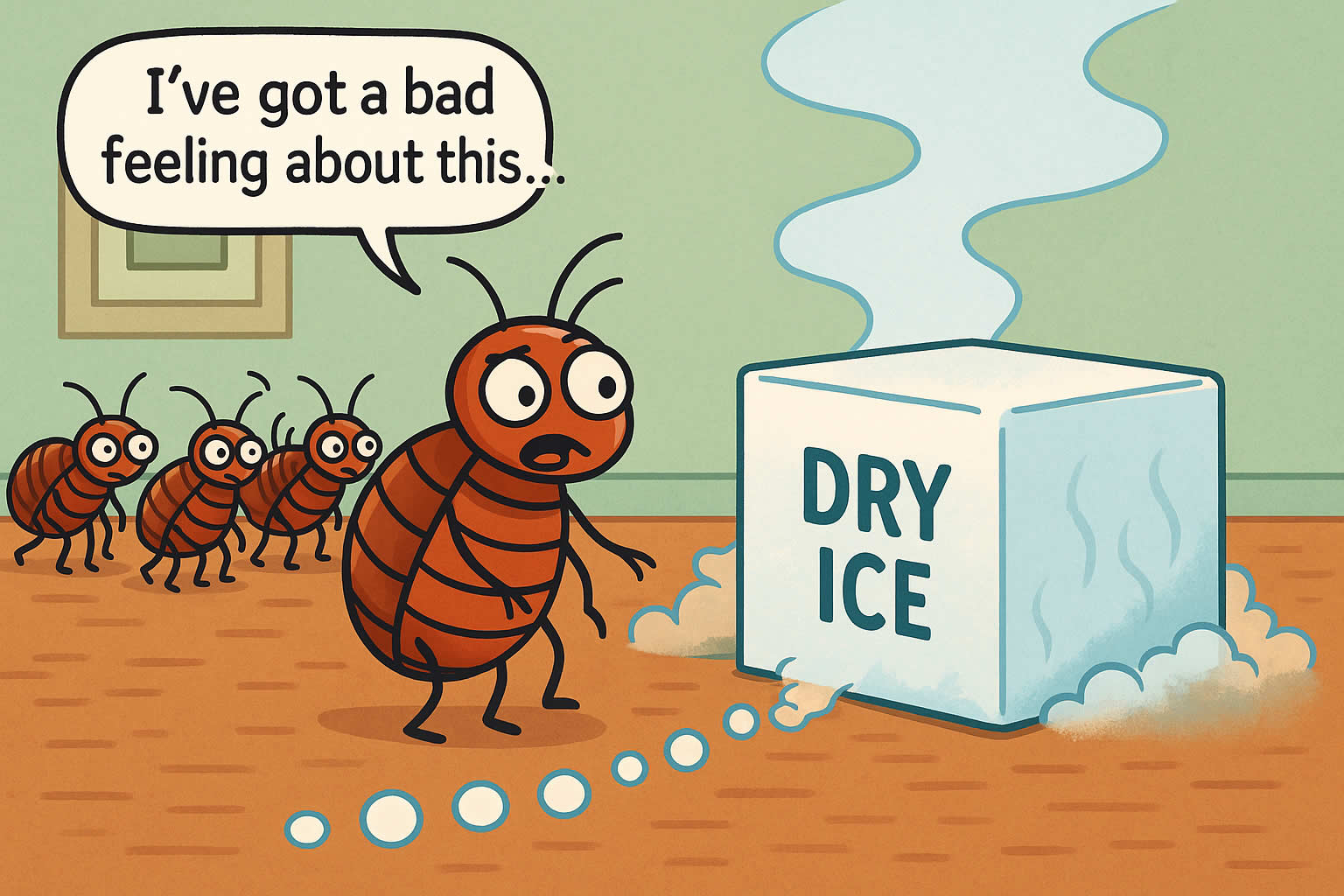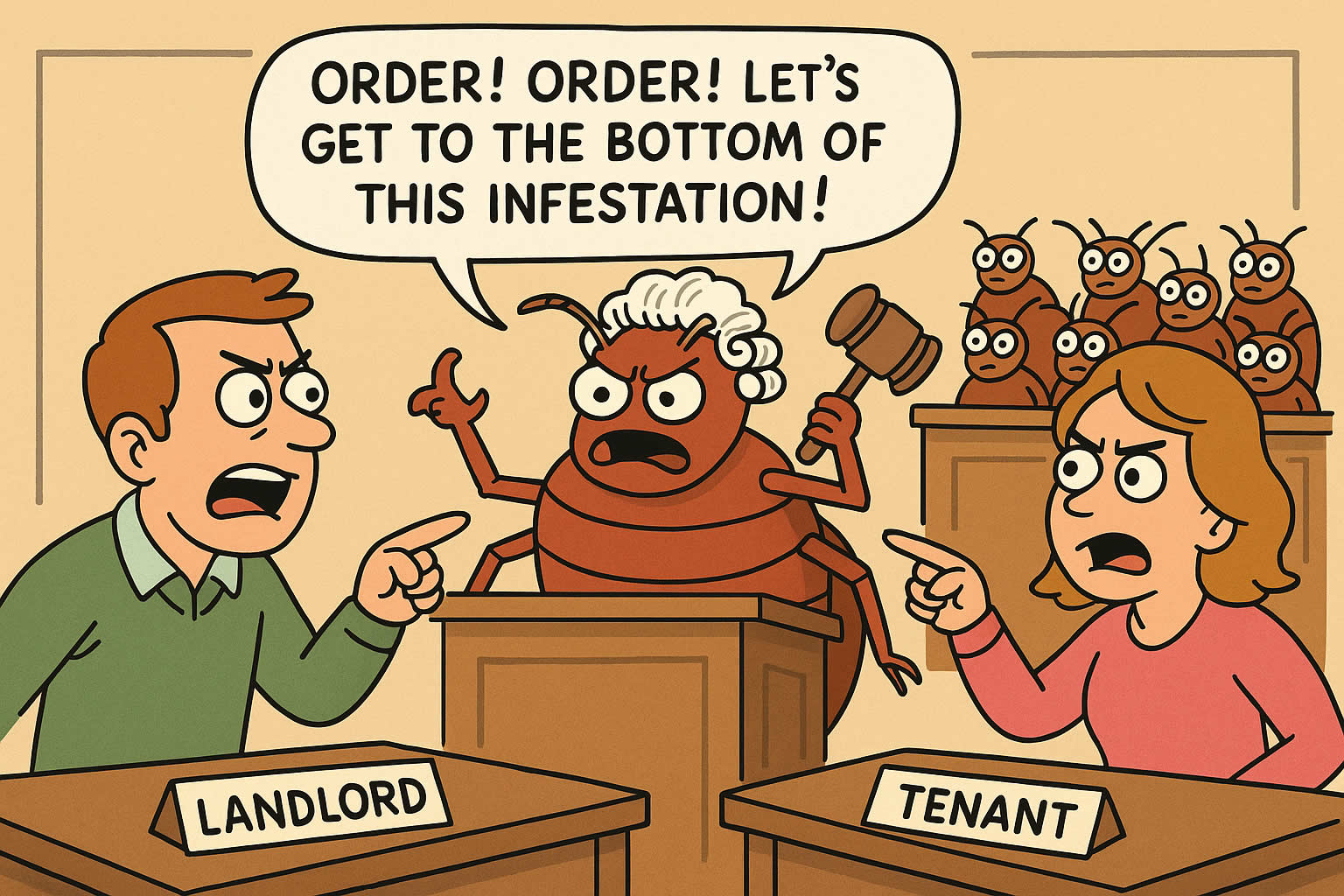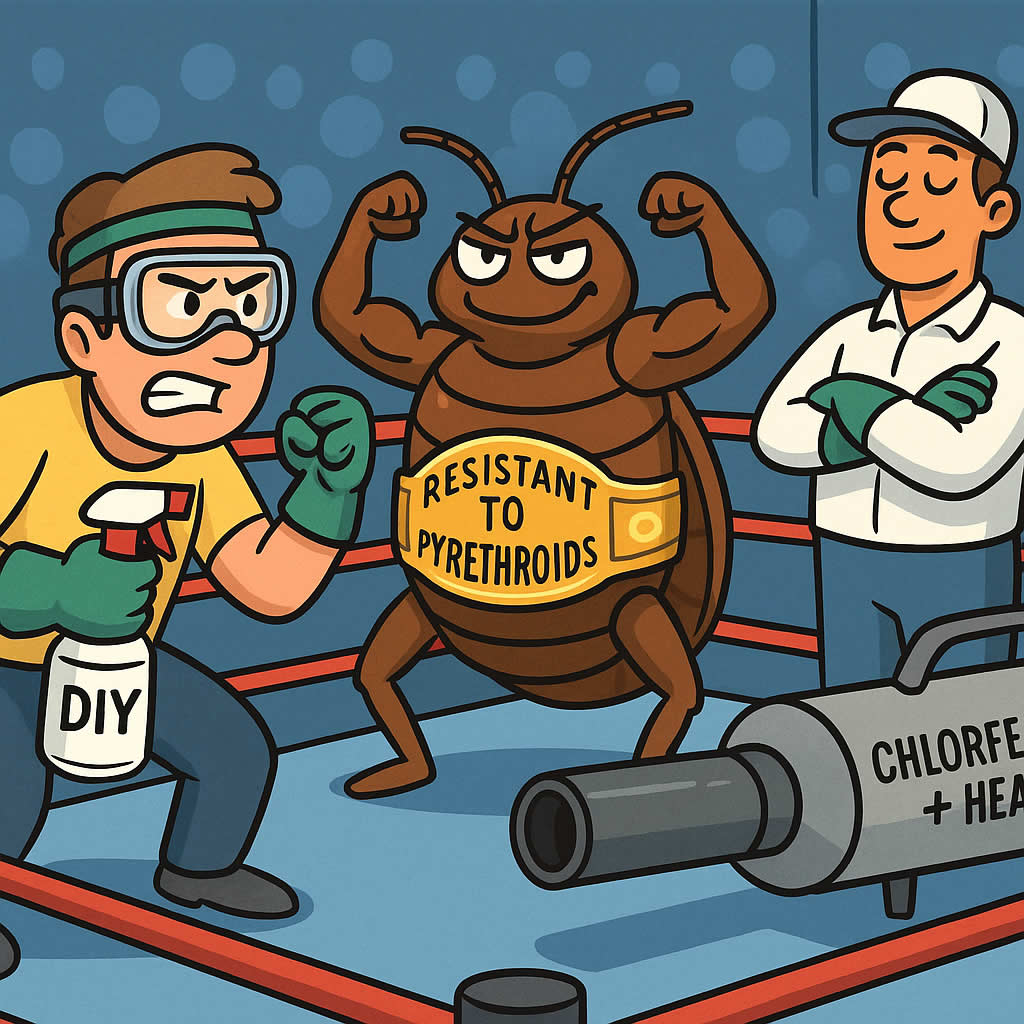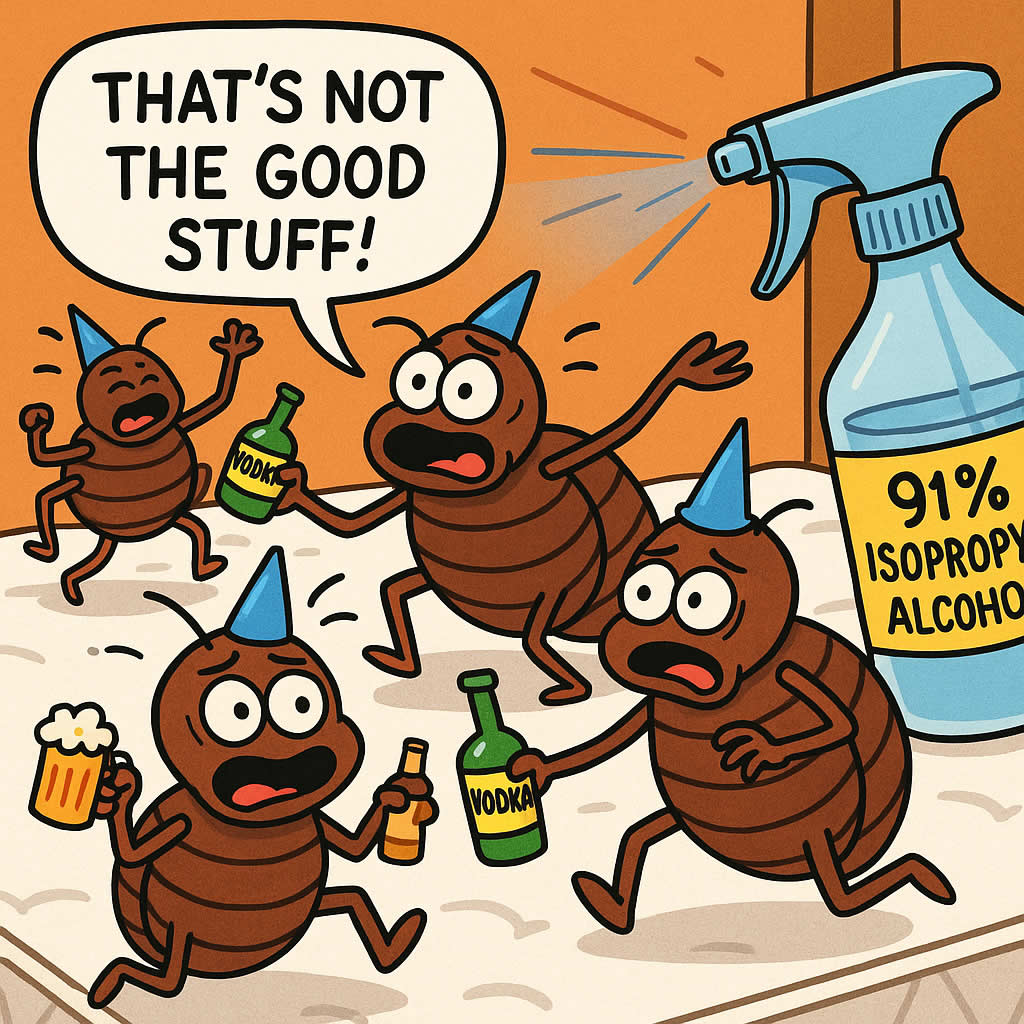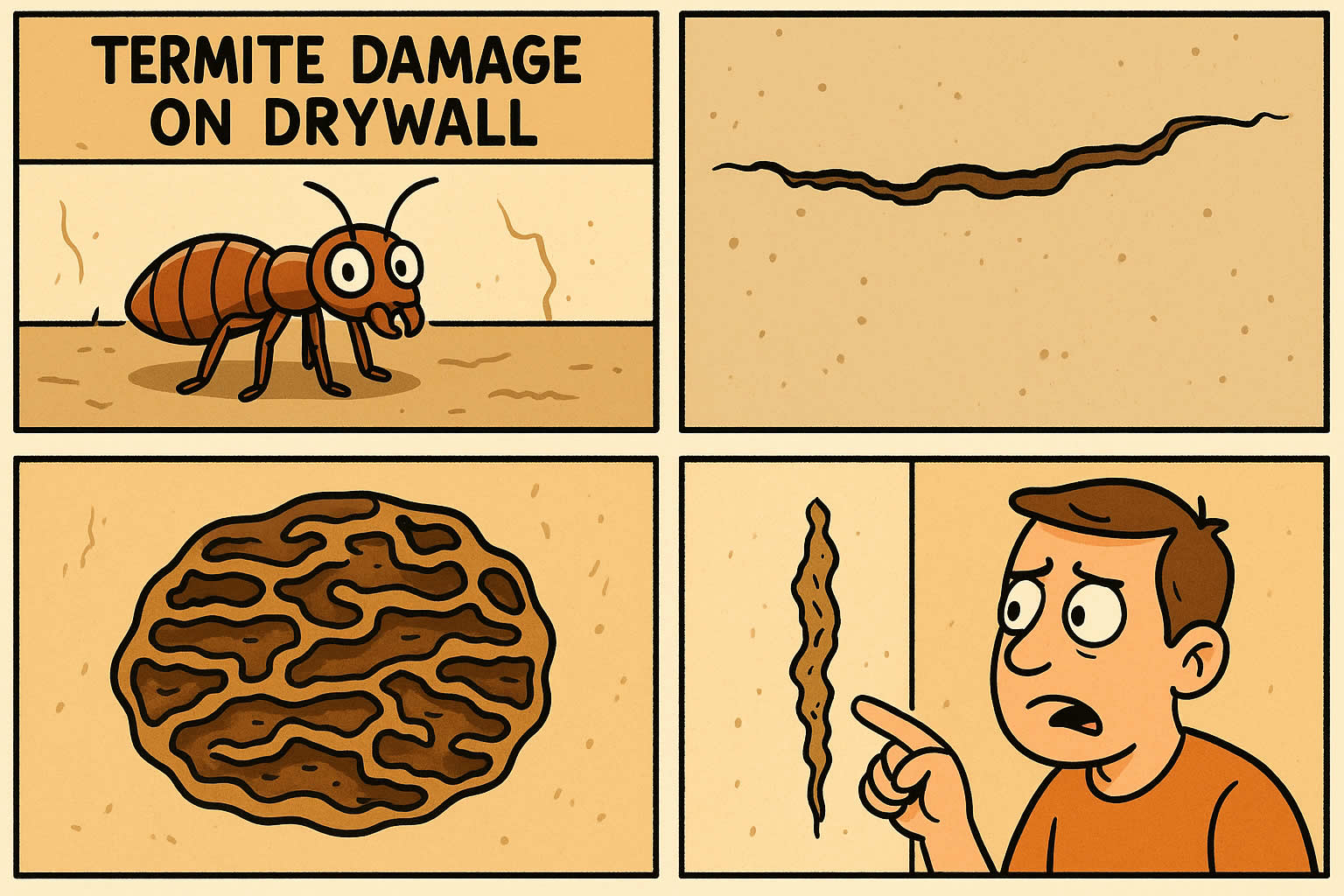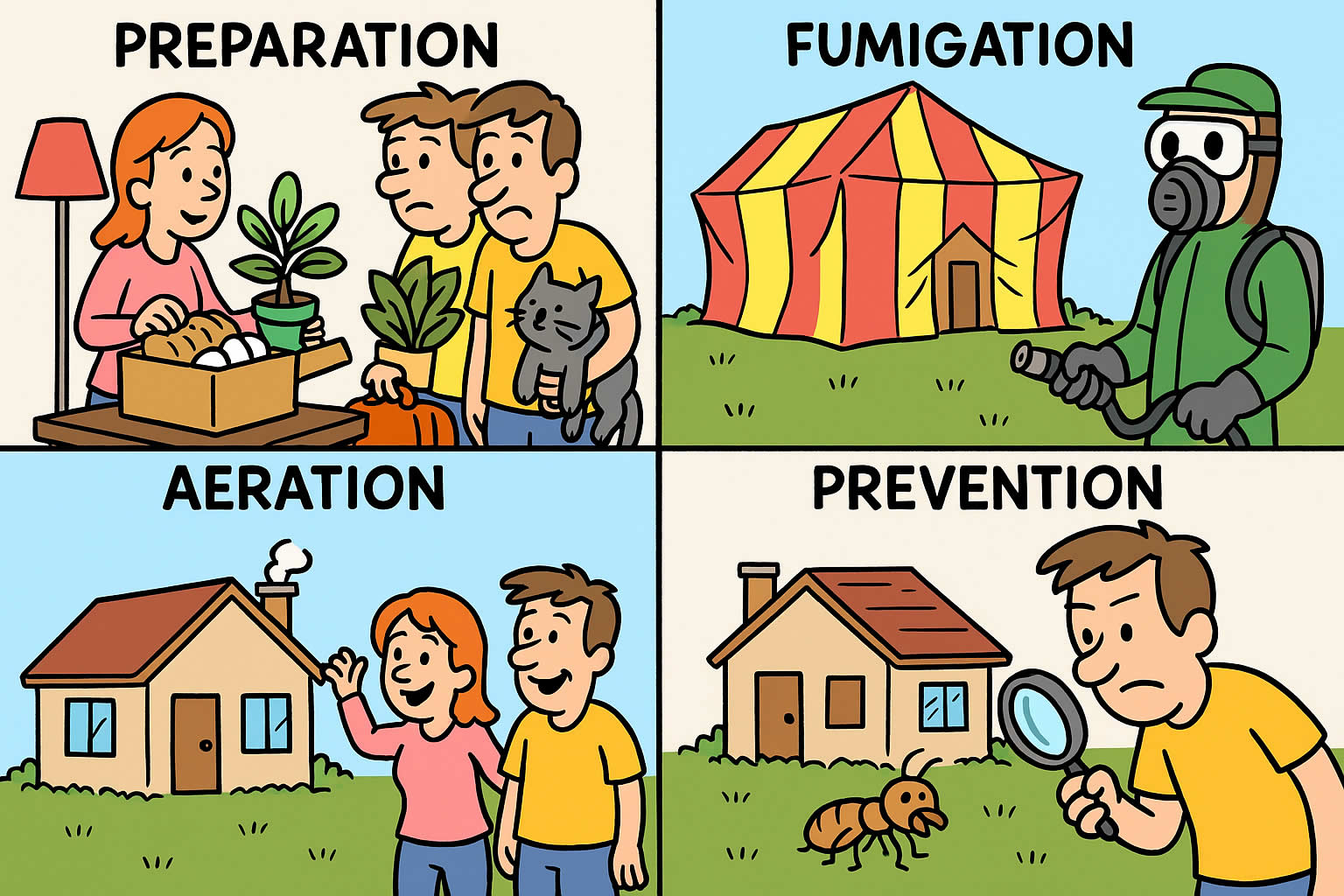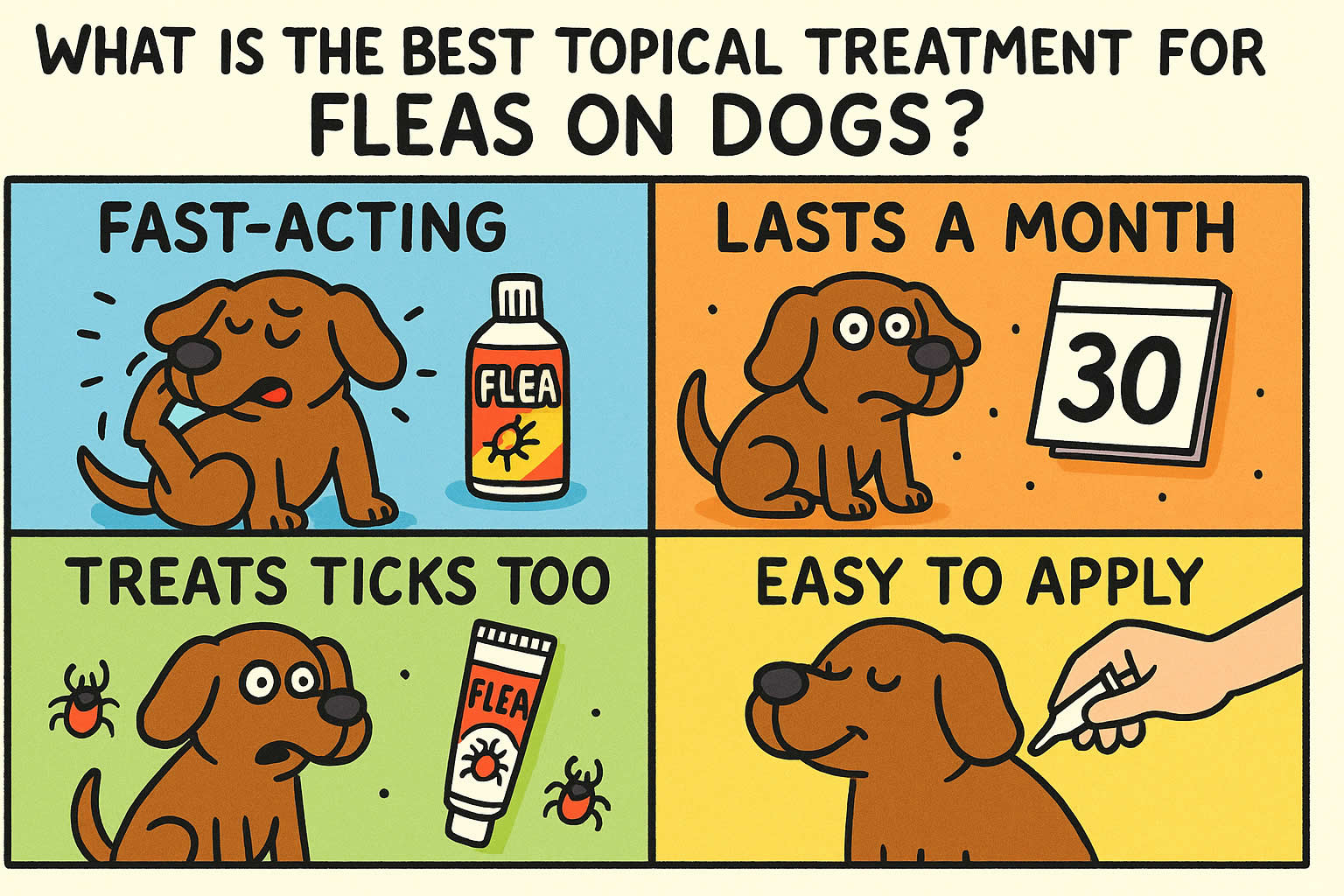Related Queries
ToggleIf you’ve ever found yourself battling bed bugs, you’ll know how quickly things go from uncomfortable to unbearable. These tiny pests don’t just invade your space — they take over your sleep, your peace of mind, and your home. And if you’ve been searching for a solution that doesn’t involve harsh chemicals, cedar oil might already be on your radar. But does it really work? And if so, how?
Let’s break it all down in everyday terms so you know exactly what cedar oil does, how to use it, and what kind of results you can expect. Whether you’re just noticing the first signs of bed bugs or you’ve tried everything else and need a safer, more natural approach — this guide is for you.
What Is Cedar Oil?
Cedar oil, also known as cedarwood oil, is an essential oil that comes from different types of cedar trees. It’s made by distilling the wood, roots, or leaves of the tree, depending on the species. What you get is a rich, woody-smelling oil that’s been used for centuries — not just for scent, but for its ability to repel and kill insects.
It’s already a popular ingredient in natural pet sprays, wardrobe sachets, and garden products. But over the years, more and more people have started using it for something much closer to home: getting rid of bed bugs.
Why Use Cedar Oil for Bed Bugs?
Here’s the truth — a lot of people hesitate to spray chemical insecticides where they sleep, especially if they’ve got children, pets, or respiratory sensitivities. The idea of soaking your mattress or bedroom carpet in something toxic isn’t appealing, even if you’re desperate to fix the problem.
That’s where cedar oil comes in. It’s a naturally derived option that gives you a bit more peace of mind. You don’t have to worry about strong fumes or dangerous residues, and when used properly, it can actually be very effective.
You’re not just hoping to get rid of the bugs — you want to do it in a way that doesn’t create a new set of problems. Cedar oil ticks that box for a lot of people.
How Does Cedar Oil Kill Bed Bugs?
Cedar oil kills bed bugs in a few different ways, and it works best when it’s direct. It doesn’t just scare them off — it attacks their systems in a way they can’t recover from.
First, the oil works by breaking down the bed bug’s exoskeleton. That outer shell is what protects them, helps them stay hydrated, and shields their internal organs. When cedar oil disrupts that shell, the bug dries out from the inside.
Next, cedar oil affects their nervous system. The scent of cedar is powerful for insects, and for bed bugs, it’s more than unpleasant — it interferes with the signals they rely on to function. Imagine trying to walk or eat while your senses are completely scrambled. That’s what cedar oil does to them.
Finally, it can interfere with their ability to breathe. Bed bugs absorb oxygen through small holes in their bodies, and when those get clogged or irritated by the oil, it can suffocate them.
This is why cedar oil isn’t just a repellent — it’s an actual contact killer when applied the right way.
Does Cedar Oil Kill Bed Bug Eggs Too?
This is one of the most important parts to understand. While cedar oil is great at killing live bed bugs on contact, it’s not as effective against their eggs. Bed bug eggs are tiny, sticky, and protected by a coating that helps them survive harsh conditions — including exposure to many natural oils.
So, if you’re using cedar oil on its own, you’ll need to stay consistent. Repeated applications are key because you want to kill the bugs that hatch before they have a chance to grow and lay more eggs.
That’s why a full approach — one that includes vacuuming, heat, or other natural methods — is usually needed if you want to properly break the cycle.
How to Use Cedar Oil Safely and Effectively
If you’re planning to use cedar oil as part of your bed bug control plan, you’ve got a few options. Some people go the DIY route, while others buy ready-made sprays. Either way, there are a few things you’ll want to keep in mind:
- Always dilute pure cedar oil if you’re using it directly. Essential oils are potent and can cause irritation or damage fabrics if they’re too strong.
- Test a small area before spraying on your mattress, bedding, or furniture. Some cedar oils can leave stains or residue.
- Apply it where bed bugs hide — around mattress seams, in cracks along the skirting board, behind headboards, and along the edges of carpets.
- Use a fine mist spray so you don’t oversaturate the area. You want coverage, not soaking.
There are also diffusers and sachets, but those are better for repelling bugs rather than killing them. If you’ve already got an infestation, a direct spray works better.
How Long Does It Take to Work?
Cedar oil doesn’t work instantly in every situation. If you spray it directly onto a live bed bug, you’ll usually see results within minutes. But because not all bugs are out in the open, and because eggs can survive for days or weeks, you need to stick with it.
You might need to reapply every few days for at least two to three weeks. That gives you a better chance of killing off any new bugs before they get a chance to multiply.
Also, remember — bed bugs are good at hiding. You may not see them, but that doesn’t mean they’re gone. Keeping the routine going is what helps make a real difference.
Are There Any Risks or Limitations?
While cedar oil is much safer than chemical pesticides, it’s not completely without risk. You should still be careful about how you use it.
Some people may find the smell too strong, especially if they’re sensitive to scents. Others may have skin irritation if the oil isn’t properly diluted. And although rare, some pets (like cats) can be sensitive to certain essential oils, so it’s always best to check with a vet if you’re unsure.
In terms of limitations, the biggest one is probably reach. If bed bugs are hiding deep inside walls, skirting boards, or electrical outlets, cedar oil alone may not be enough to get rid of them. It works best as part of a layered approach — not a silver bullet on its own.
What Are Some Recommended Cedar Oil Products for Bed Bugs?
You’ll find a few types of cedar oil products on the market:
- Pre-mixed sprays – These are ready to go straight out of the bottle. Look for ones specifically labelled for bed bugs.
- Concentrated oils – You’ll need to dilute these with water or a carrier oil. They’re stronger, so you get more control, but they take a bit more effort.
- Sachets or cedar blocks – These are good for prevention or repelling bugs from wardrobes and drawers, but not for active infestations.
Some brands combine cedar oil with other natural ingredients like peppermint or clove oil. These combinations can be more effective, especially for repelling future infestations.
Can You Use Cedar Oil Alongside Other Treatments?
Absolutely — and in fact, you probably should.
Cedar oil works best when you use it as part of a routine that includes other natural treatments. You could vacuum regularly to remove bugs and eggs, then apply cedar oil spray to kill any that remain. Heat is also really effective — washing bedding on high heat or using a steam cleaner on mattresses and carpets can help destroy bugs at all life stages.
Some people also use diatomaceous earth, a fine powder that damages bed bugs’ shells. You can safely combine that with cedar oil as long as you’re careful not to wash one away with the other.
If you end up calling a professional, let them know you’ve been using cedar oil. It won’t interfere with most treatments, but it’s still good to share.
Final Thoughts: Is Cedar Oil Worth Trying?
If you’re looking for a natural, safer way to kill bed bugs, cedar oil is a strong option — especially if you catch the infestation early. It’s not just about avoiding chemicals; it’s about feeling in control of the space where you sleep.
Cedar oil can kill live bugs on contact, disturb their systems, and make your home a much less inviting place for them to live. It won’t do all the work by itself, but when used right — and consistently — it’s one of the more effective essential oils you can use.
What matters most is that you take action early, stay consistent, and stay informed. Bed bugs are tough, but they’re not impossible to beat. Cedar oil gives you a tool you can use with confidence, and that alone is a step toward peace of mind.
Pest Control Keysoe – Pest Control Brogborough – Pest Control Elstow
